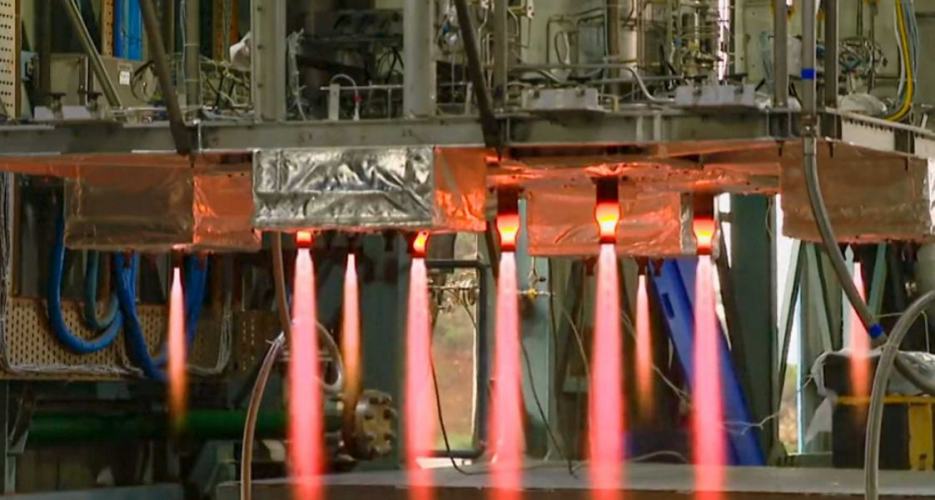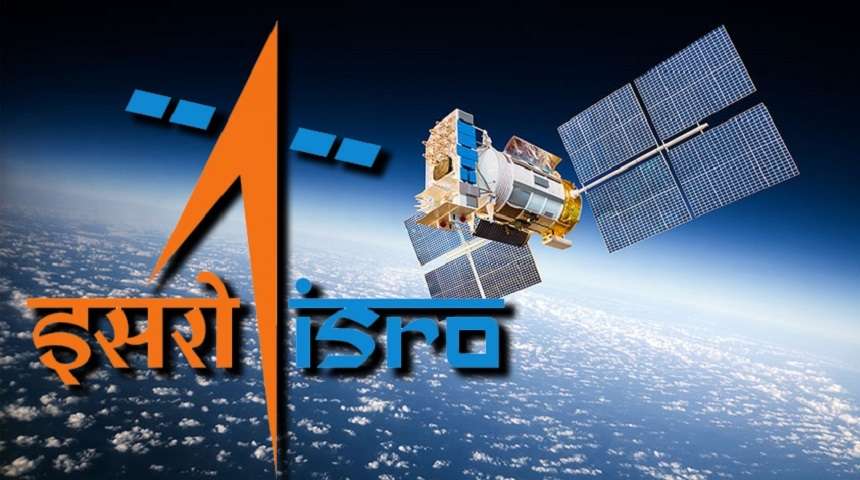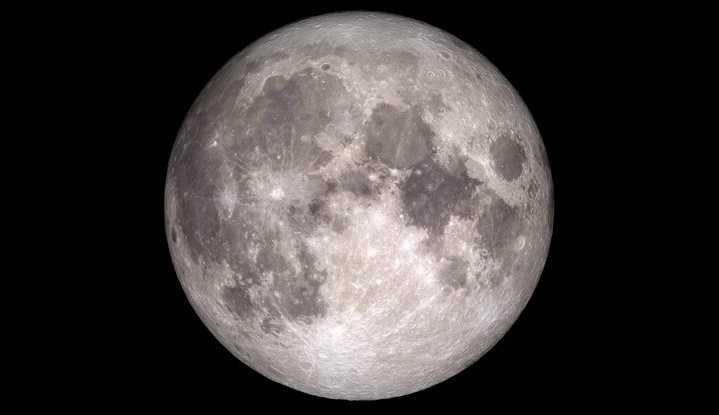
ISRO successfully tested the Gaganyaan Service Module Propulsion System (SMPS) – which caters to the requirements of the Orbital Module – at IPRC, Mahendragiri. A PTI Photo
BENGALURU (PTI): The Indian Space Research Organisation has successfully tested the Gaganyaan Service Module Propulsion System (SMPS) at ISRO Propulsion Complex (IPRC) at Mahendragiri in Tamil Nadu.
Wednesday's test involved five liquid apogee motor (LAM) engines with a thrust of 440 N (Newton) and 16 reaction control system (RCS) thrusters with a thrust of 100 N, the national space agency headquartered here said in a statement.
The Gaganyaan project envisages demonstration of human spaceflight capability by launching a crew of three members to an orbit of 400 km for a three-day mission and bringing them back safely to Earth, by landing in Indian sea waters, according to ISRO.
The Service Module (SM) of Gaganyaan is a regulated bi-propellant based propulsion system that caters to the requirements of the Orbital Module, performing orbit injection, circularisation, on-orbit control, de-boost manoeuvring and SM based abort (if any) during the ascent phase, the statement said.
The 440 N Thrust LAM engines provide the main propulsive force during the mission ascending phase, while the RCS thrusters ensure precise attitude correction.
The hot test of the System Demonstration Model (SDM) emulated the fluid circuit of the Service Module Propulsion System, encompassing the propellant tank feed system, helium pressurisation system, flight-qualified thrusters, and control components, it was stated.
"The first hot test of the Phase-2 test series demonstrated the integrated performance of the Gaganyaan SMPS," ISRO said.
The test, conducted for a duration of 250 seconds, involved LAM engines firing in continuous mode, along with RCS thrusters, adhering to the test profile.
As part of the Phase-1 test series of SM SDM, ISRO had previously conducted five hot tests, totalling a duration of 2,750 seconds. The earlier phase involved five 440 N LAM engines and eight 100 N RCS thrusters. For the Phase-2 test series, the current configuration includes the full configuration of five 440 N LAM engines and sixteen 100 N RCS thrusters.
The Gaganyaan SMPS is designed, developed, and realised by Liquid Propulsion Systems Centre (LPSC) of ISRO.
 Previous Article
Previous Article Next Article
Next Article













The Indian Air Force, in its flight trials evaluation report submitted before the Defence Ministry l..
view articleAn insight into the Medium Multi-Role Combat Aircraft competition...
view articleSky enthusiasts can now spot the International Space Station (ISS) commanded by Indian-American astr..
view article